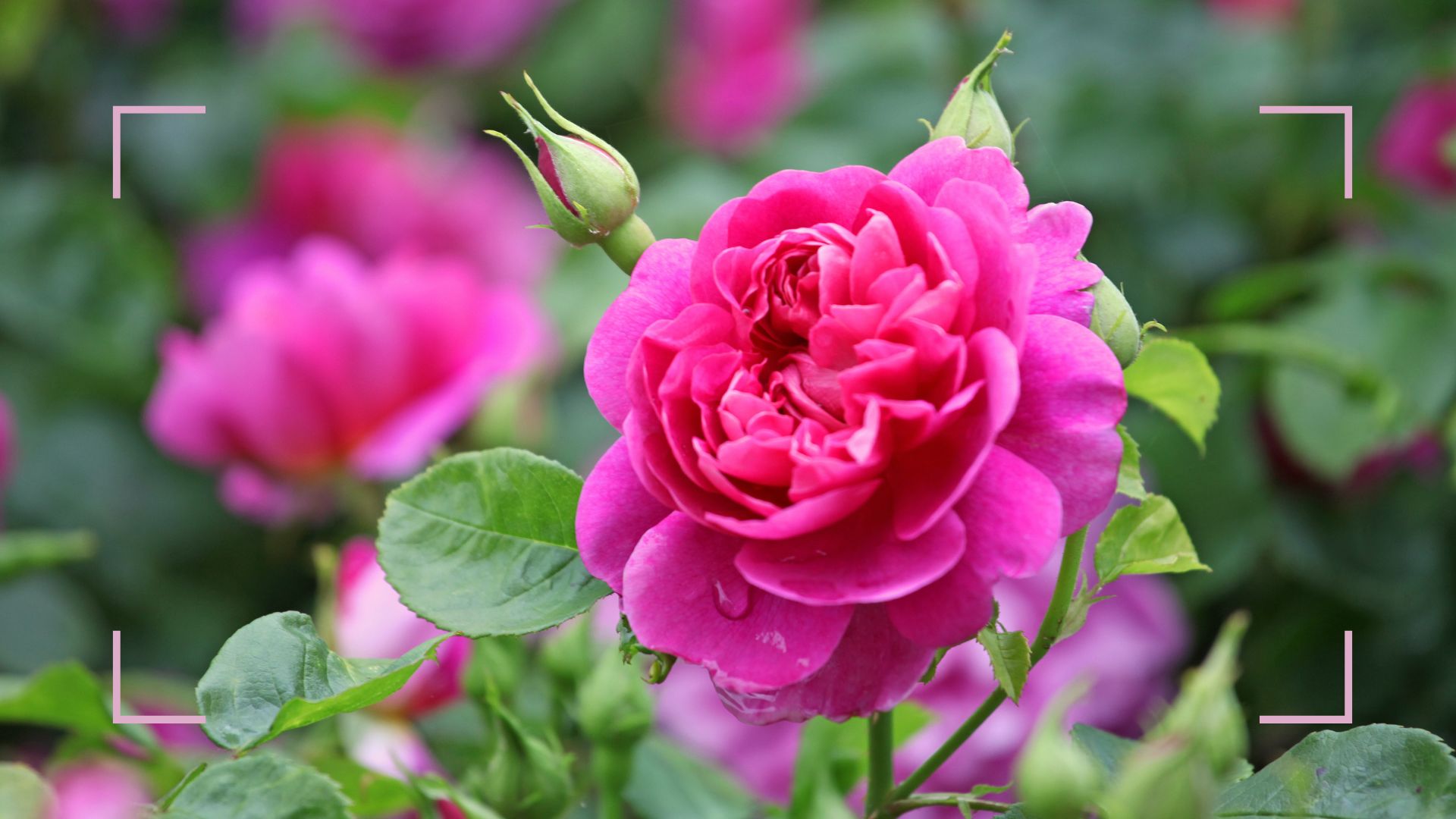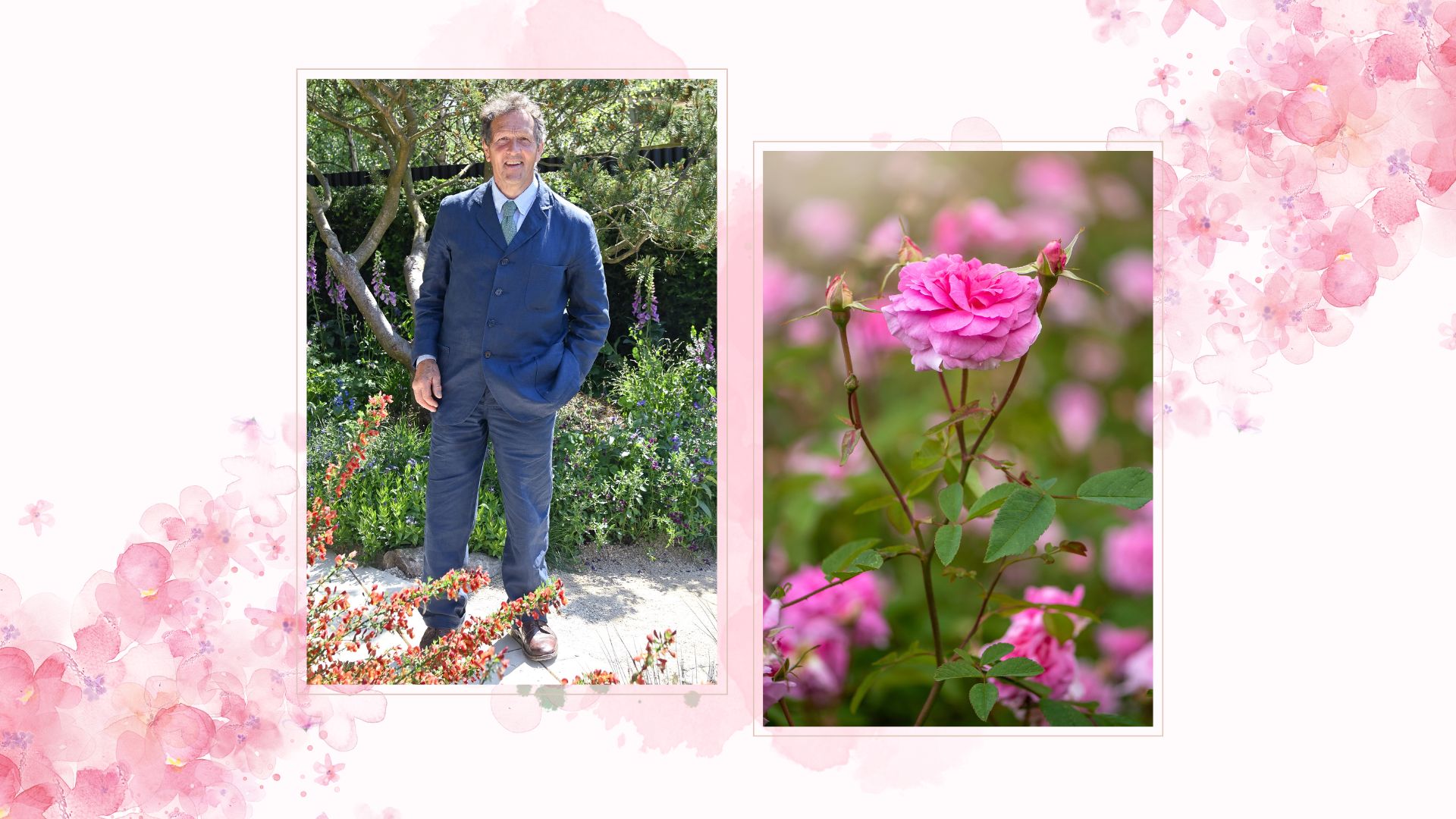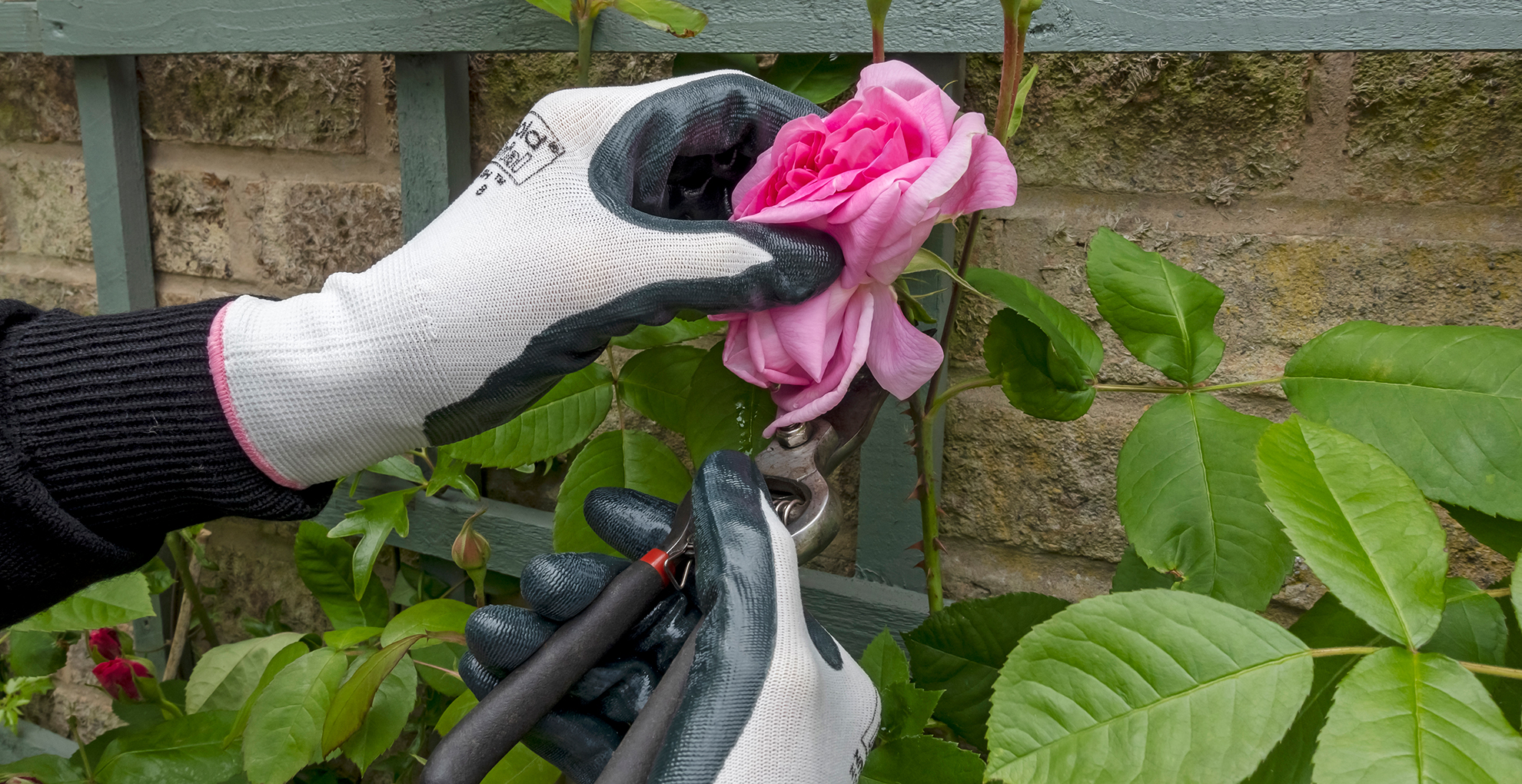
Roses are in bloom and thanks to Monty's expert gardening advice they can stay that way until well into the autumn – his tip for deadheading with maximum efficiency is unmissable.
The weather might not have been perfect for garden parties but it has been ideal for helping garden trends thrive. Persistent rain mixed with warm temperatures has made conditions hugely beneficial for growing conditions – particularly roses.
If you have rose shrubs in your garden, you will have noticed them looking magnificent in the last week or so, as June is a key month for roses to take centre stage and welcome dazzling colour and fragrance to our plots.
"It is impossible to celebrate June without speaking of roses," says the famous gardening expert Monty Don. "This is their time." And to ensure they stay in the spotlight for as long as possible as the month goes on he shares his top tips on deadheading to ensure the shrubs flourish with aplomb all summer – like pruning roses with a softer approach.
Monty Don's rose deadheading advice: how to do it and how often

As a cottage garden favourite the rose is now available in many different varieties, as Monty explains on his monthly blog, where he shares his expert gardening advice.
'We now have 100 shrub roses with over 70 varieties as well as a dozen climbers," Monty explains. "Some are still very young and will need a few years to establish properly - but they still bear their lovely flowers."
"Many of these roses are the old-fashioned kinds like gallicas, damasks, centifolias, bourbons, albas and moss roses but I am increasingly planting English roses that are repeat flowering so the season extends beyond the glory days of June."
"The secret of keeping any rose flowering as long as possible is to dead-head daily." Similar to deadheading Peonies, this essential gardening job is what ensures flourishing future blooms.

But rather than deadheading them by hand, he advises using the right tools to ensure the cut counts by multiplying flowering potential.
"Do not just pull off the spent petals but use secateurs and cut the spent stem right back to the next leaf or bud below it - however far down that is," Monty advises. "This will provoke a side-shoot which in turn will carry more flowers."
Grab some sharp secateurs and do a daily check to see if buds need removal to encourage new stems and late-blooming flowers.
Monty goes on to say, "Some roses, especially the species such as rosa rugosa or rosa moysii, have glorious hips in autumn and these will only develop if the flowers are allowed to set seed and fruit, so enjoy the flowers as long as they last and do not deadhead so that they can develop into fruit."
Similar to the benefits of succession planting and what to do with tulips after flowering or how to care for daffodils, deadheading is an important maintenance task for preparing the plant for a better future.
Deadheading is not to be confused with pruning, which is a much more aggressive form of cutting the plants back. Roses are generally one of the plants you prune in January to promote vigorous growth and abundant flowering in the upcoming seasons. Therefore deadheading is the only job you should need to do in June to keep your flowers flourishing.







